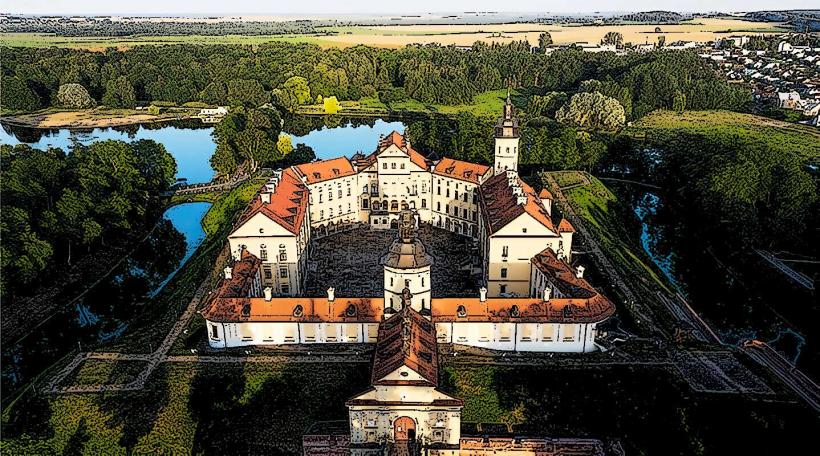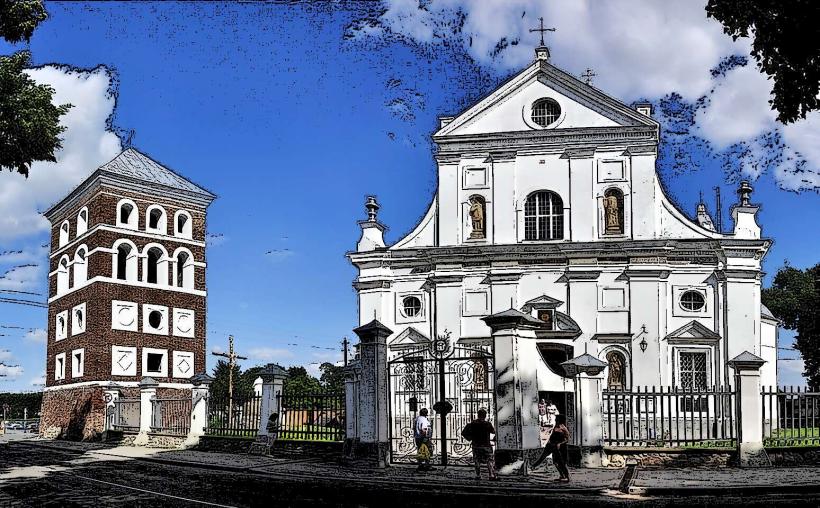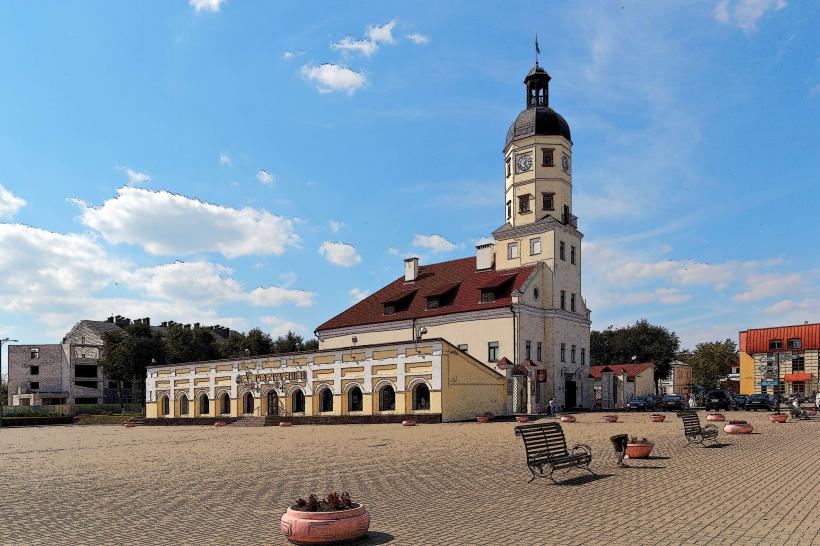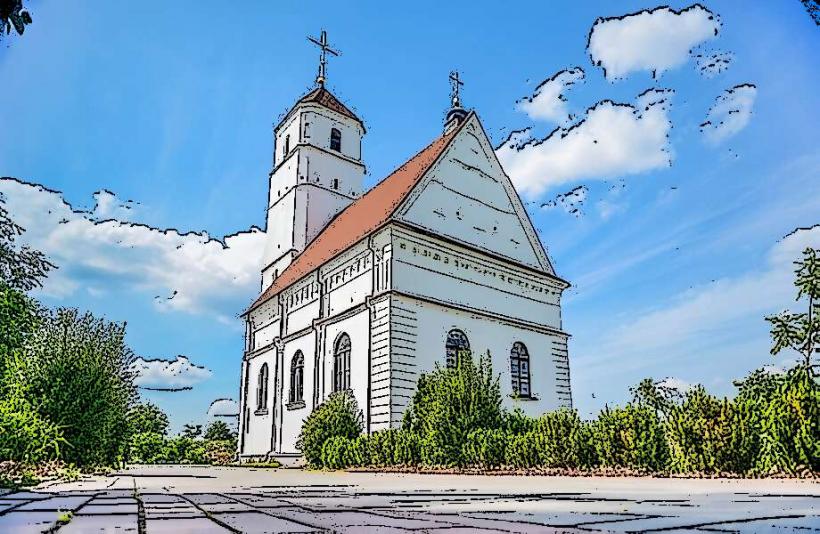Information
Landmark: Benedictine MonasteryCity: Nesvizh
Country: Belarus
Continent: Europe
The Benedictine Monastery in Nesvizh, Belarus, is an important historical and religious landmark. It was established as part of the town’s development under the influence of the Radziwiłł family, who were key patrons of Catholicism and education in the region. The monastery stands as a testament to the cultural and spiritual heritage of the area.
Historical Background
- Foundation: The monastery was founded in 1590 by Anna Radziwiłł, the wife of Mikołaj Krzysztof "Sierotka" Radziwiłł, a prominent figure in the Counter-Reformation in the Polish-Lithuanian Commonwealth.
- Purpose: It served as a center for the Benedictine nuns, focusing on education, religious practices, and charitable works.
- Role in the Community: The monastery became a hub for promoting Catholicism in a region marked by religious diversity and conflict.
Architectural Features
- Baroque Style:
- The monastery's design reflects Baroque architectural principles, with elegant facades, symmetrical layouts, and detailed ornamentation.
- Its simplicity and grace are typical of Benedictine architecture, emphasizing humility and devotion.
- Church of St. Euphemia:
- The adjoining Church of St. Euphemia is part of the complex and features remarkable frescoes, sculptures, and a serene interior designed for contemplative prayer.
- The church's design blends Baroque artistic flourishes with elements of traditional ecclesiastical architecture.
- Cloister and Gardens:
- The cloister surrounds a tranquil courtyard, providing a peaceful environment for meditation and community life.
- A small garden, typical of Benedictine monasteries, was used for growing herbs and flowers.
Cultural and Educational Impact
- Education: The Benedictine nuns were educators, teaching young women from noble families and the local community. This contributed significantly to literacy and cultural development in the region.
- Charity: The monastery provided aid to the poor and served as a refuge during times of conflict or hardship.
- Religious Life: It was a center for Catholic devotion, with regular Masses, retreats, and other spiritual activities.
Historical Significance
- The Benedictine Monastery is a symbol of the Counter-Reformation and the Radziwiłł family's efforts to consolidate Catholic influence in Nesvizh and surrounding areas.
- It represents the role of religious orders in shaping European culture and society during the Early Modern Period.
Modern Status
- The monastery underwent periods of decline, especially during political upheavals and after the suppression of religious orders by the Russian Empire in the 19th century.
- Restoration: In recent years, the complex has been partially restored, preserving its architectural and historical significance.
- Tourism: The monastery is open to visitors and is part of the broader historical tour of Nesvizh, alongside the Nesvizh Castle and the Corpus Christi Church.






